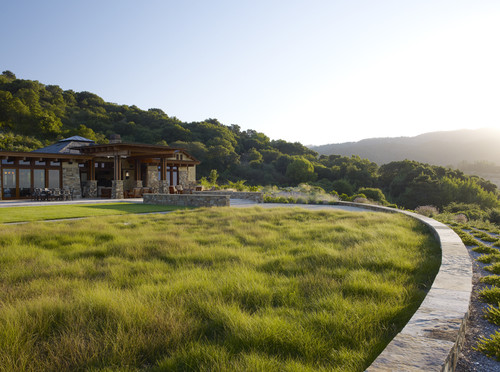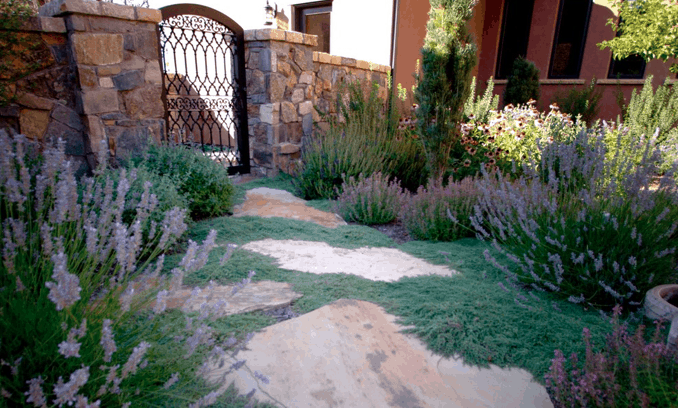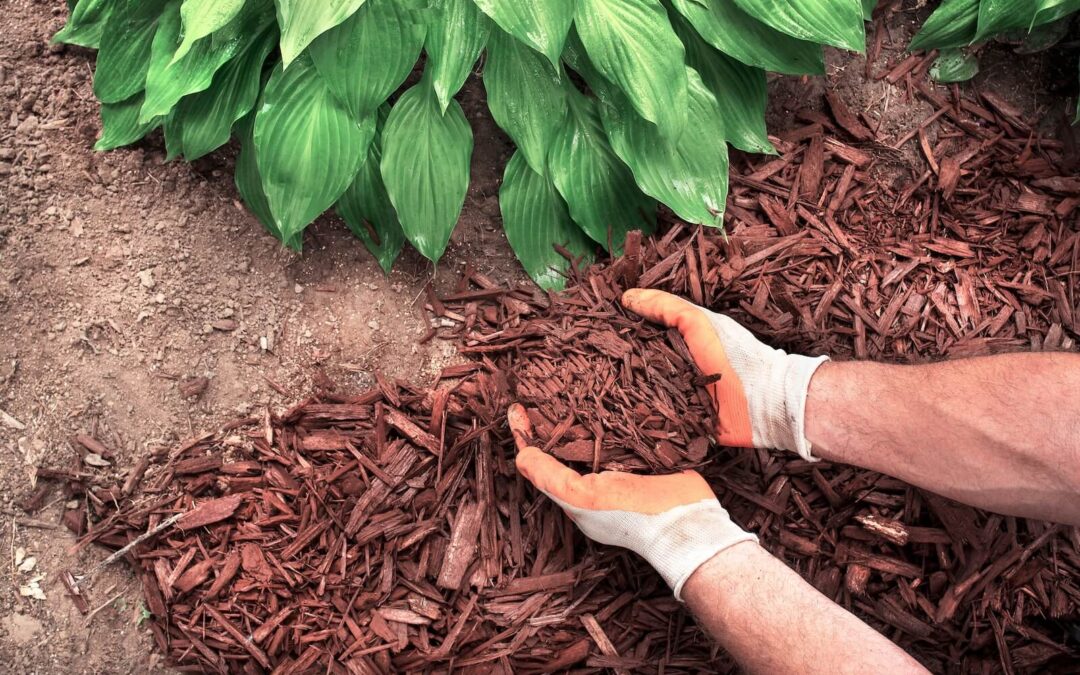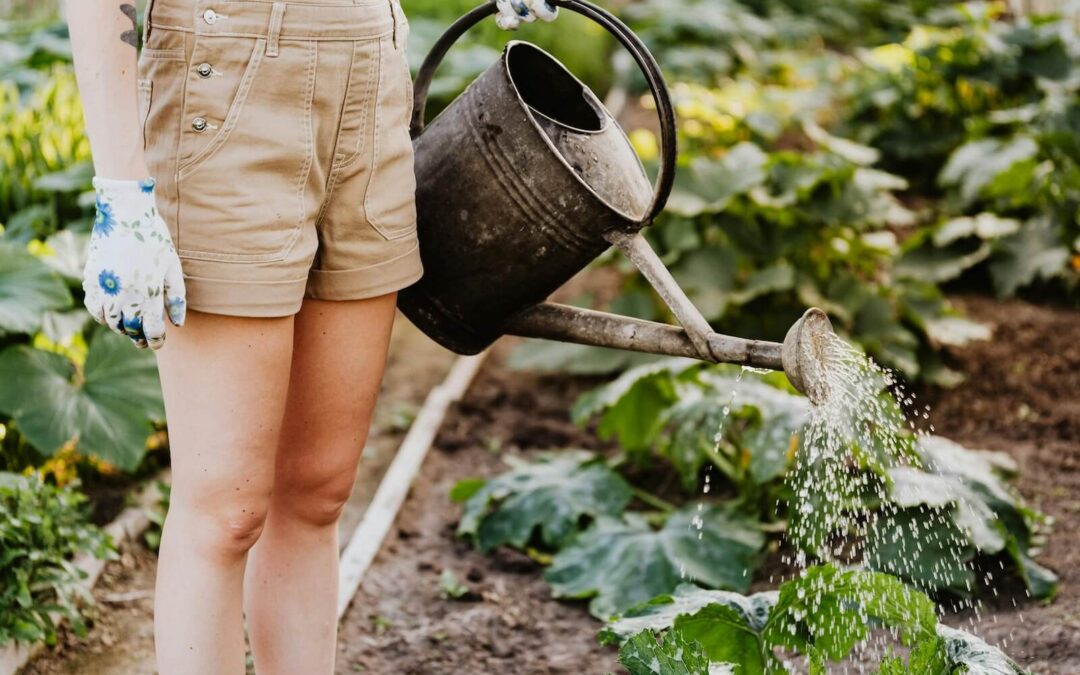In the picturesque landscapes of Colorado, where the climate can oscillate between extremes, the quintessential green lawn often stands as a symbol of pride for homeowners. However, maintaining that lushness can come at a significant cost — both environmentally and economically.
Rising concerns over water conservation, coupled with a desire for low-maintenance gardening solutions, are pushing Coloradans to explore eco-friendly alternatives to traditional lawns. If you’re keen on embracing a landscape that harmonizes with the local climate, reduces your water footprint, and dazzles with natural beauty, you’re in for a treat. Dive in as we explore vibrant lawn substitutes that are not just drought-tolerant but also redefine aesthetic appeal.
Drought-tolerant grass alternatives such as Carex Panza or UC Verde give you the look of a beautiful lawn without the hassle and extravagant amounts of water. These tough groundcovers are drought-resistant grasses that do not need to be mowed once they are established unless you want a turf-like look.
Here are some other groundcovers that look great and require little water and maintenance, making them ideal for drought-tolerant lawn alternatives in Colorado.
- Carex Glauca – Carex Glauca is a thin-bladed, grey-green groundcover that grows well even in tough, dry conditions. Additionally, when left on its own, it offers a lush, soft field of natural beauty. The natural beauty, combined with its hardy constitution, makes it one of the best drought-resistant grasses for Colorado.
- Lilyturf – Beautiful green and grass-like, lilyturf sends out runners to spread quickly over an area. While the lumpy growth pattern of this ground cover makes it unsuitable for foot traffic, it works well to guard against soil erosion on steep landscapes.
- Clover – Clover is an excellent drought-tolerant lawn alternative. It can be planted and then pretty much left alone. Clover holds its color through all seasons, and, although it is too delicate for pet or children’s play areas, it handles gentle foot traffic well.
- Dymondia – This green and silver-bladed groundcover requires no mowing and is drought-tolerant after it is established. The interesting leaves make it a good choice for landscape areas where you are looking to add a little drama. It can be damaged when walked on, however, so it should be planted only in low-traffic areas.
Implementing native meadow plants and ornamental grasses for Colorado lawns are also wonderful additions to any landscape. Bluestem grasses and flowering plants such as wild bergamot add fantastic color and interest to water-wise lawns in Colorado. Native plants and drought-resistant ornamental grasses such as these are also easy to incorporate around hardscape designs to add lushness and break up the monotony.
Catering to the natural landscape of Colorado with native landscaping is but one strategy for sustainable lawn alternatives in Colorado. For those looking into lawn alternatives without grass or for those with little desire for Colorado landscape maintenance, here are some additional options:
- Xeriscaping – This landscaping philosophy emphasizes water conservation. It involves selecting plants that require minimal water and implementing designs that reduce water evaporation and runoff for an eco-friendly lawn alternative in Colorado. With a significant reduction in water use, lower maintenance needs, and a landscape that naturally fits with the local environment, xeriscaping in Colorado is a popular option.
- Desert Landscaping – Similar to xeriscaping, desert landscaping emphasizes plants that naturally thrive in arid conditions. Think cacti, succulents, and hardy shrubs. The design also incorporates design elements like sand, rocks, and driftwood for a natural desert look.
- Hardscaping – This involves using non-living elements like stones, bricks, concrete, and pavers. While it’s not green and soft like a lawn, hardscaping can create beautiful patios, pathways, and gathering spots in a garden for a very low-maintenance lawn alternative in Colorado. However, that does not mean you have to forfeit all greenery. Combined with small patches of ground covers or container plants, it can offer a balance between greenery and functional space.
- Rain Gardens – These are shallow depressions designed to collect and absorb rainwater, especially runoff from roofs and roads. Planted with native shrubs, perennials, flowers, and other native plants for Colorado lawns, they serve both as a functional tool for stormwater management and an aesthetic feature.
From Colorado landscape design to landscape maintenance, Lifescape can help you achieve a beautiful lawn-less landscape that’s sustainable and drought-friendly. Contact Lifescape to learn about our extensive range of landscaping services.






